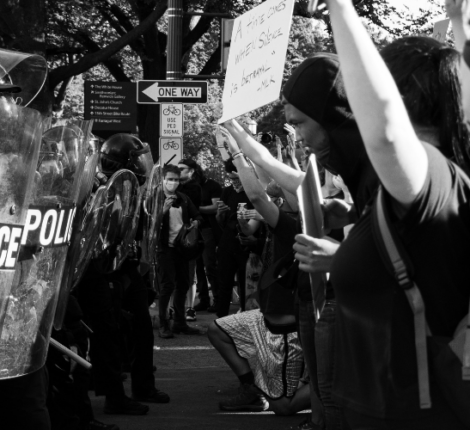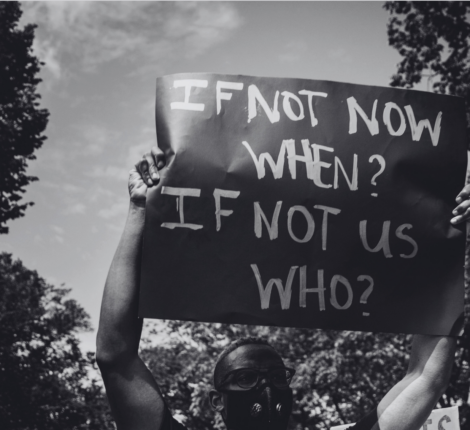NorthStar Responds to Misrepresentation of Progressive Activism
Since our inception in 1990, NorthStar Asset Management, Inc. believes that joint action drives lasting change. Recently, our team collaborated on a response to a piece by Rob Henderson in The New York Times. Henderson’s piece argued that progressive activism is a luxury for the elite. Since we are dedicated to fighting for social justice through shareholder activism, we felt obligated to challenge this narrative.
Together, we highlighted how Henderson’s perspective misrepresents those working toward systemic change. By focusing on selective protests and ignoring important data, his arguments overlook the real-life experiences of marginalized communities.
The NorthStar Team stands with those affected by unfairness. We recognize that the fight for equity is not a privilege for the rich, but a necessity for the underdogs. We’re proud to continue strengthening these voices and working together toward meaningful solutions.
Read our full letter to the editor below:
NorthStar Asset Management
2 Harris Ave, Boston, MA 02130
617.522.2635
Letter to the Editor
September 18, 2024
Re: “Opinion: When Progressive Ideals Become a Luxury” (NYT Video, July 10):
We’re NorthStar, a Boston-based asset management firm backed by decades of
shareholder activism and cemented in the practice of sparking real, lasting change. We recently
engaged in conversation about Rob Henderson’s claims that progressive activism is an elitist
luxury. His arguments don’t stand up to scrutiny.
He uses the straw man argument. Rather than offering cogent arguments against
progressive stances on Gaza, or police violence, or drugs, Henderson argues against a small,
subset of what appear to be cherry-picked protests from TikTok. He then generalizes and
concludes that because those out-of-touch looking people want to ‘defund the police,’
everybody calling for an end to rampant police violence is a rich, coddled faker. He also ignores
data showing that low-income, Black, Indigenous and People of color (BIPOC) are much more
likely to be impacted by police violence than their white counterparts. In 2023, the police killed
1,247 people and fewer than 1% of those killings by police result in officers being charged with a crime.
Henderson also sets up a false dilemma: privileged, self-centered people claiming to
fight for the underdog versus real marginalized people. Finally, in a neat bit of historical
revisionism, Henderson holds up MLK and the Civil Rights movement of the ‘60s as a shining
example of pursuing justice without “luxury beliefs,” neglecting the truth: most Americans
thought mass sit-ins and demonstrations harmed the cause for racial equity, even after Rev.
King’s “I Have a Dream” speech. Politicians at the time called for suppression of civil rights
demonstrations and blamed civil disobedience for the increase in crime, the same claims we see
university leaders and politicians making about the student protests against the war in Gaza.
References:
1 Police Use of Force: Barriers and Effective Solutions to Reform (air.org), Police shootings database 2015-
2024: Search by race, age, department – Washington Post
2 2023 Police Violence Report
3 Protests Seen as Harming Civil Rights Movement in the ’60s (gallup.com)
4 https://allthatsinteresting.com/anti-civil-rights-movement
5 The history of student movements and how campus protests for Gaza stack up, explained | Vox




